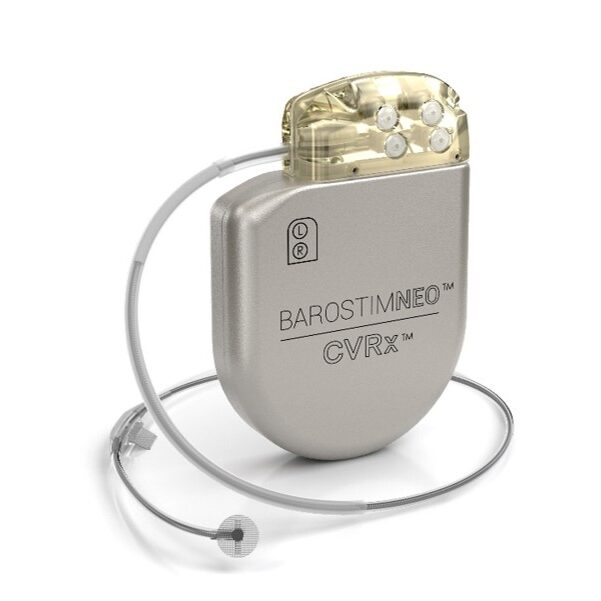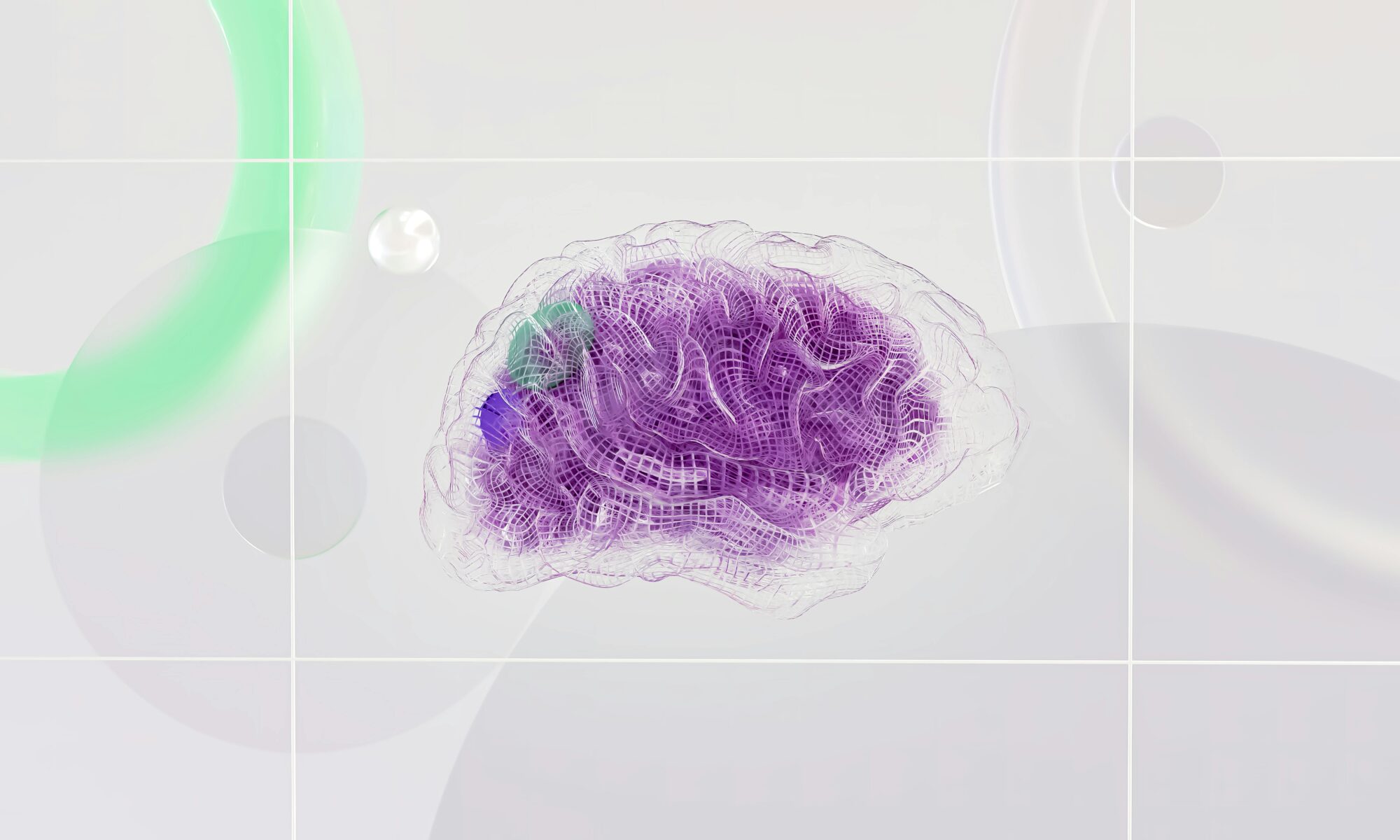Baylor Scott & White was the first hospital system in North Texas to successfully implant Barostim™ Baroreflex Activation Therapy. This new FDA-approved device uses neuromodulation—the power of the brain and nervous system to improve the symptoms of patients with advanced systolic heart failure. Eligible patients are reviewed by the patient’s advanced heart failure cardiologist and referred to a vascular surgeon who performs the procedure.
According to Mujtaba Ali, MD, vascular surgeon on the medical staff at Baylor Scott & White All Saints Medical Center – Fort Worth and Baylor Scott & White Heart and Vascular Hospital – Fort Worth, “It is designed to be an alternative option for patients for whom medications alone do not adequately alleviate symptoms and those who are not eligible for cardiac resynchronization therapy via a pacemaker.
For more information on Barostim or to refer a patient contact 817.922.2273.
Barostim works by stimulating baroreceptors, the natural pressure sensors located in the wall of the carotid artery that tell the nervous system how to regulate heart, kidney and vascular function. These effects reduce the heart’s workload so it can pump more efficiently, helping to restore the balance of the autonomic nervous system and improve heart failure symptoms.
“Although there have been advances in medications and other therapies to treat systolic heart failure, the latest technology—Barostim—is another tool to help improve the quality of life for patients who need other options,” says Salman Gohar, MD, FACC, medical director of advanced heart failure and mechanical circulatory support at Baylor Scott & White – Fort Worth and Baylor Scott & White Heart and Vascular Hospital – Fort Worth.

The Barostim device is implanted during what is typically an outpatient procedure. The procedure involves suturing the carotid sinus lead to the carotid artery and then inserting the Barostim NEO implantable pulse generator (IPG) in a small pocket under the skin, similar to a pacemaker. The system contains no hardware in the heart or vasculature.
“The success of this procedure relies on close collaboration between the patient’s heart failure specialist and the vascular surgeon who completes the implant,” explains Dr. Gohar. “This is a solution that marries the expertise of both clinicians to optimize the results for the patient. After the device is implanted, the patient returns for Barostim therapy titration, where the current to the device is slowly increased until he or she is within the range defined by the clinical studies. We also evaluate improvement in the patient’s quality of life by measuring six-minute walk distances to see if they are increasing.”
Eligible candidates for Barostim include those who:
- Have been diagnosed with NYHA Class III or II (with a recent history of Class III) who are on guideline-directed medical therapy (GDMT)* (heart failure medications)
- Have symptoms that significantly impact their daily life and reduce the activities they can do, despite the heart failure medications they are taking
- Have an ejection fraction of 35% or less
- Are not indicated for cardiac resynchronization therapy (CRT)**
- Have an NT-proBNP < 1,600 pg/mL
Clinical trial data shows that Barostim safely improves symptoms of heart failure and quality of life. Patients who received Barostim in addition to their medications were able to walk farther and felt better than many patients receiving only medications.







